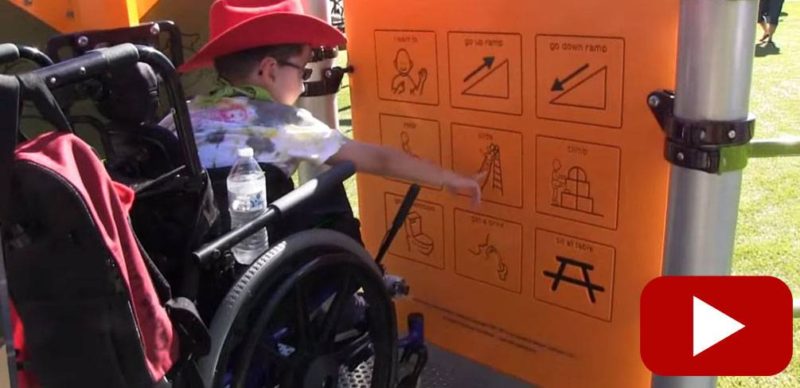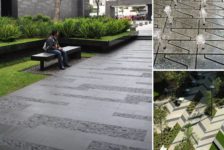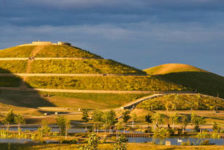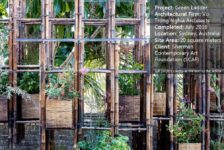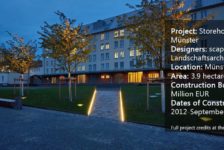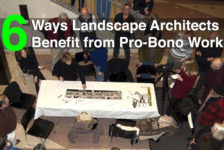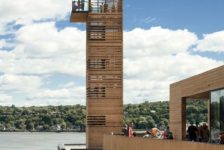Spaces that are good for children are good for everyone, here are 11 things to remember when designing for children. Have you ever asked yourself, who is actually the greatest fan of your work as a landscape architect? Is it the one who spends long hours of playing games, enjoying the pleasure of being outside and closer to nature? Even though subconsciously, children are the ones who feel the most sincere happiness and delight when visiting a park, or an open-air playground. Children admire landscape architects’ work the most, even if they don’t really realize it. This is one of our most major responsibilities as landscape architects – how to design for children, in order to provide them with a safe, healthy and entertaining environment at the same time? In this article, we will discuss 11 crucial things to remember when designing for children. Beginning with the clarification on why children need to play outside, we will continue with the rules to follow when designing for them. Please Take a quick moment to answer our poll, so that we can provide you with the best content: [wpsqt name=”Content” type=”poll”]
Designing for Children
1. Why do children need to play outdoors? As we already mentioned, the starting point of creating a successful design for children, is to understand and then answer the question above – why do children need to play outside? Playing outside improves children’s immune systems, increases their physical activity, stimulates their imagination and creativity, and above all – makes them feel alive, as they use all their senses while playing. The list of benefits also includes developing critical thinking and problem-solving skills, as well as developing respect for nature and the other living things. Numerous research works have been conducted by psychologists to support those statements. Check out this interview on the subject of engaging children in nature with Richard Louv, a journalist and author of eight books, including The Nature Principle: Reconnecting with Life in a Virtual Age. WATCH: Engaging children in Nature: interviews with Richard Louv
2. Safety Comes First After taking into account the first step, the design process begins with fixing the place of the children’s area. A safe playground requires remoteness form busy roads, both, automobile and pedestrians, and dangerous water sources. This doesn’t necessarily mean high fences or hedge-rows. Safety always comes first, when it comes to children, but a landscape architect is also a designer. A sunken garden is a valuable example of how a space can be defined through its topography, rather than a trivial fence. Take a look at that project in Tel Aviv, displaying an unusual, yet remarkable design solution

Sunken garden view. Photography Credits Go To Eran Karu
4. Accessible Playgrounds Playground accessibility is another vital thing to remember when designing for children. Good landscape architects should provide playground equipment which welcomes all children of all abilities. Better landscape architects will go further – for they will design playground components that address physical disabilities, sensory and vision disorders, and autism. Nowadays we witness the development of healing, sensory and therapeutic gardens, which can offer a great design solution to experts interested in designing for specific groups of people and children. Here is an excellent example of a play area, designed far beyond accessibility: WATCH: Bremerton Beyond Accessible Playground
5. Careful Selection of Pavement Besides being accessible, playgrounds’ surfaces should also be safe. To let children play undisturbedly, and without fear of fall injuries, landscape architects should always consider the pavement they use for play areas. It is unacceptable to use concrete or asphalt surfaces because they don’t have any shock absorbing properties. Turf or grass is not a good option, either, as their shock absorbing qualities are minimal. Safe surfacing can be provided by shock absorbing rubber flooring, which is also easy to install, durable, and at good price. WATCH: Playground Safety
Tactile paving shouldn’t be neglected, either. It is also known as safety paving because it is used for footpaths, stairs and train station platforms to assist pedestrians who are blind or visually impaired. Pebbles or mulch are not a good choice because they can be easily lifted by children who may try to swallow them or do some other harm. 6. Shade Picking out appropriate vegetation is also of a great importance for the much-needed shadow in hot summer days. The designer has to give full consideration to the planting design in terms of the distribution of shadow from the trees. Trees should be arranged in a way which allows them to cast a shadow on the play area in the hours of strong sun. To provide shadow, tree species should be covered densely with leaves. Acer spp., Platanus x acerifolia, Liriodendron tulipifera, Fraxinus spp. form wide crowns and are suitable for that purpose. 7. Wind Isolation Trees are substantial not only for summer seasons but for the cold ones too. To design a safe playground, wind isolation should also be taken into account. This is the place where conifers can take key part. A combination of conifers with various heights can make for a better result, because it will be harder for the wind to overcome it. The variety of species will additionally form a more sustainable and ecological environment for children. 8. Water: potable and non-potable Continuing with the hardscape, it’s time to mark the water features used in or around play areas. Kids can be quite unruly and naughty while playing outside, and they often fall and hurt themselves unintentionally. Sanitary and hygiene needs are one of the reasons why drinking water fountains should be installed near play zones. As to the non-potable water features, attention should be paid if children can get into direct contact with the water from them. Although guidelines for water safety in public fountains vary from country to country and city to city, landscape architects have to follow them, regardless of the location.
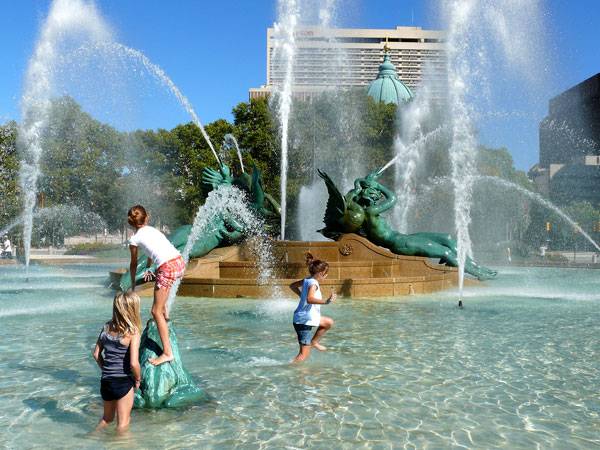
Children playing in Swann Memorial Fountain, which is located in the center of Logan Square, Philadelphia, PA, USA. Photo taken with a Panasonic Lumix DMC-FZ50.. Photo credit: Ken Thomas – KenThomas.us. Image licensed under Public Domain. Image source.
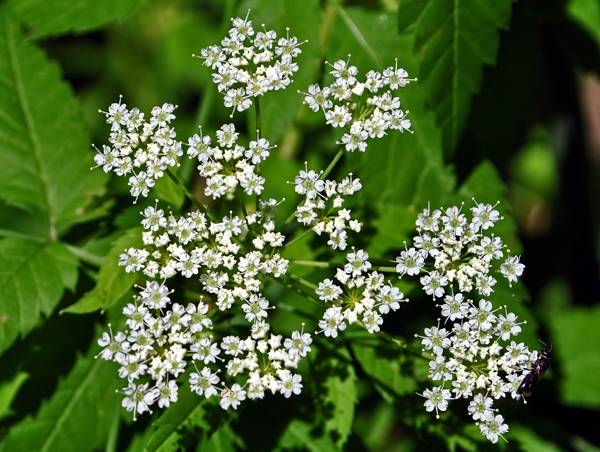
You would not want this anywhere near your children. Find out more in our article featuring “Dangerous Plants“. Image credit: Water-Hemlock (Cicuta maculata). By Aaron Carlson, licensed under CC 2.0
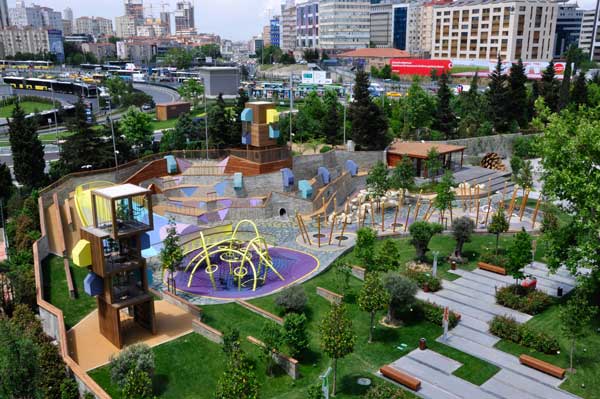
Zorlu Center. Photo credit: Oguz Meric
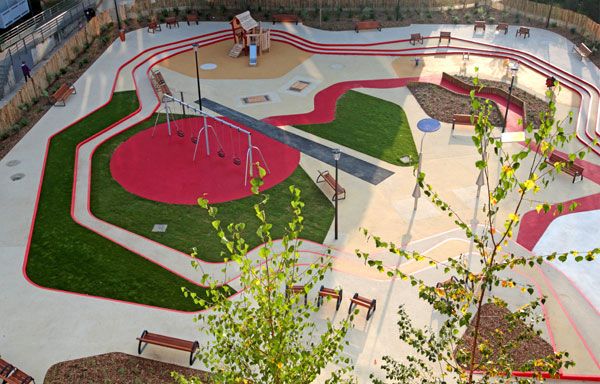
A Toddlers Playground. Photo courtesy of Espace Libre
- Playground Design (Architecture in Focus) by Michelle Galindo
- The Science of Play: How to Build Playgrounds That Enhance Children’s Development by Susan G. Solomon
Article by Velislava Valcheva. Return to Homepage
Published in Blog


